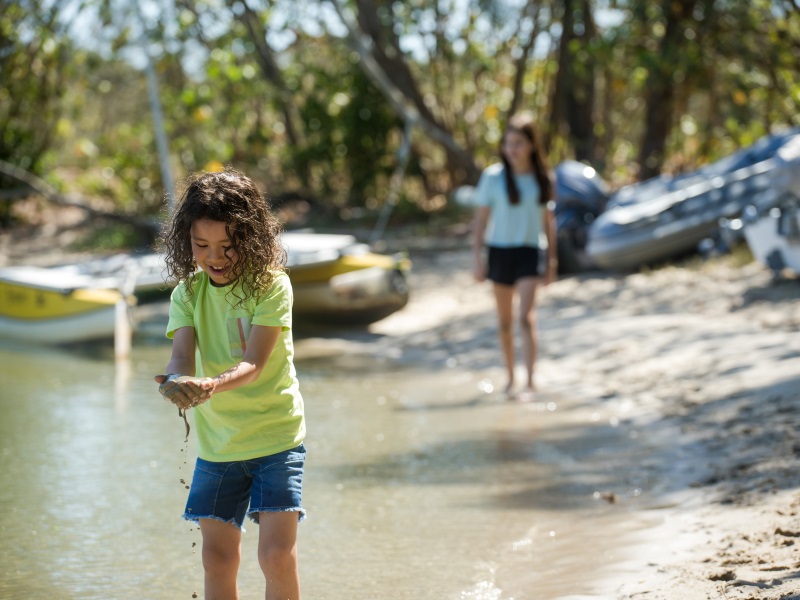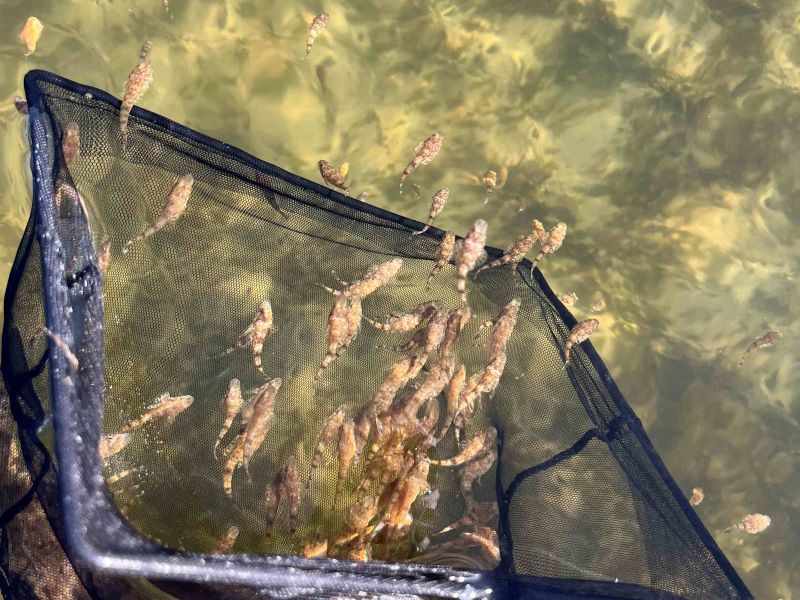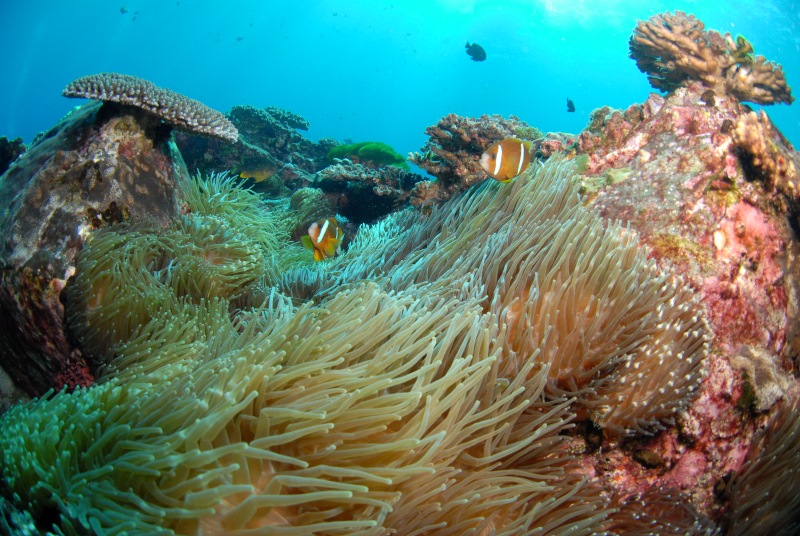Latest news
Dive into our NEW curriculum based Marine Estate Agents program for Years 1-6!
DPI Fisheries Director Marine Estate Management Mr Heath Folpp is pleased to announce the public release of the new primary schools Marine Estate Agents program.

Women in science - meet Lesley Diver
Lesley manages the 12 aquatic reserves in NSW to protect marine biodiversity while supporting other sustainable uses, including research, education, eco-tourism and cultural and recreational use.

South Coast Dusky Flathead stocks boosted
Dusky flathead stocks in 2 popular NSW South Coast estuary systems have received a boost following the recent release of more than 21,000 flattie fingerlings!

